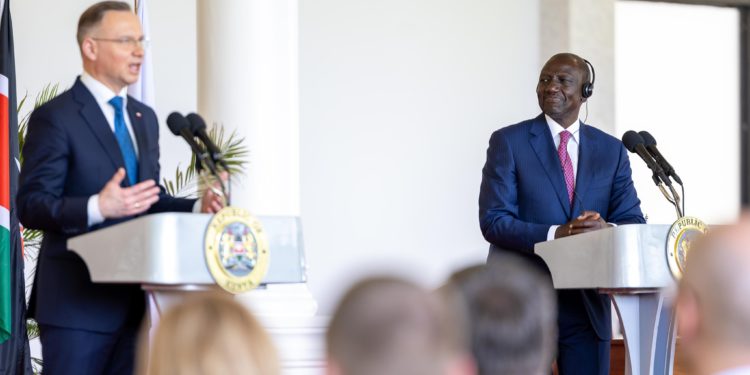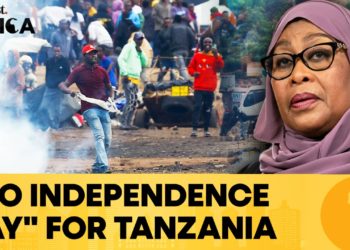When a president travels abroad, it’s not merely a personal excursion but a diplomatic event with significant implications. Presidential visits serve a multitude of purposes, ranging from strengthening diplomatic ties to addressing global challenges and promoting national interests. Understanding the various types of presidential visits is crucial in comprehending the nuances of international diplomacy and the strategies employed by nations in managing their foreign relations.
State Visits
The highest profile visit a president makes abroad is a State Visit, the most formal and celebrated type of interaction between countries. State Visits signify that relations between the two nations are extremely close and important.
They last 2-4 days and include lavish welcoming and farewell ceremonies, along with banquets and cultural events hosted by the foreign government. Presidents meet with the head of state, and may have opportunities to address parliament or give high-profile speeches. Gifts are exchanged and there are often many photo opportunities. State Visits have grandeur and pageantry that underscores strong bilateral ties.
Official Visits
Official Visits are still formal but focus more directly on critical dialogues between government leaders. There is meeting with the host country’s head of state but less emphasis on ceremonial events compared to a State Visit.
Official Visits demonstrate that the countries need to discuss pressing issues like security and economic policies. They may occur when there are tensions between nations that require some thawing. Or Official Visits might take place as the president visits multiple countries in an important foreign region.
Working and Official Working Visits
When the president needs to have in-depth talks with his foreign counterpart without much ceremony, the trip will be billed as a working visit or official working visit. These visits center around closed door meetings to manage shared challenges on specific policy matters.
There may be brief public handshakes between leaders or quick press statements, but the emphasis is on functional dialogue rather than symbolic pomp. Working visits may piggyback on other travel overseas.
Private Visits
Rarely, presidents make private, informal visits abroad with little official fanfare or statecraft significance. They may meet with foreign leaders briefly if they are taking a vacation in their country or traveling for personal reasons like a family event.
In all varieties of presidential visits, the symbolic importance and policy depth varies. But even at the height of ceremony, the underlying goal is to advance cooperation and understanding between the United States and its partners abroad through face-to-face diplomacy at the highest levels.

















